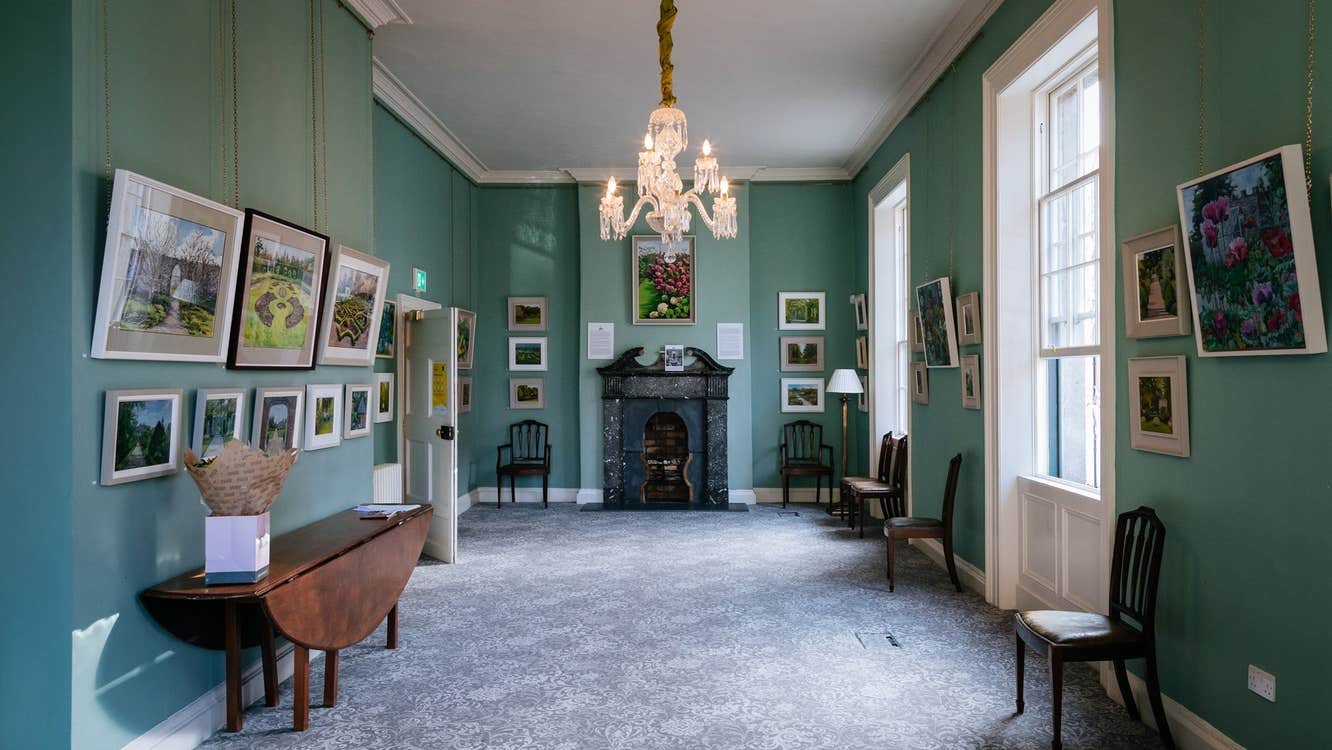Dublin's City Assembly House is an 18th century building of artistic and architectural importance. It has been restored as a cultural venue to host exhibitions, musical performances and private events.
Built by the Society of Artists in the 1760s, the City Assembly House was the first purpose built public exhibition space in Ireland or Britain and possibly in the whole of Europe. It was also the founding home of the Conservatory of Music. To raise funds for the building, the Society sought subscriptions of three guineas for which a silver ticket was presented which allowed the recipient and his heirs free entrance to exhibitions so long as the Society continued in existence.
For 20 years after its opening, the works of Ireland’s greatest 18th century artists were shown in the building and during this time it also served as an academy for the arts. For the first half of the 19th century the building was used by Dublin Corporation as City Hall, during which time it played an essential political role.
Daniel O’Connell, The Liberator, presided over meetings as Lord Mayor in its exhibition room and is reputed to have delivered the finest speech of his career there.
Having served as a museum for much of the 20th century and having been unused for ten years, the City Assembly House was restored by the Irish Georgian Society in partnership with Dublin City Council as a cultural venue on one of Dublin City's most exciting and vibrant streets.
The City Assembly House is home to the office of the Irish Georgian Society and the Irish Georgian Society bookshop. Throughout the year the venue hosts IGS talks and exhibitions, and the space is also available to hire for third party exhibition and events.

